Vitor Martinez, a 25-year-old musician and community organizer, lives in Porto Alegre, the capital of Rio Grande do Sul — the southernmost state in Brazil. Martinez’s neighborhood borders Guaíba Lake, around which Porto Alegre’s main attractions are clustered. On a sunny, 80-degree Fahrenheit day in late March, people biked, ran, and strolled along the promenade that surrounds the lake. Shoppers flocked to a mall on the bottom floor of a brand new Hilton DoubleTree hotel in the middle of the neighborhood. More than 23,000 people from all over the world gathered a few miles away at a conference center near the city’s historic downtown to talk about the future of technology and business in South America. That version of Porto Alegre — manicured and prosperous — is a distant memory now, Martinez said.
Last Friday, after a week of unrelenting rain dumped inches of water on southern Brazil, Guaíba Lake — technically a river that receives runoff from five other tributaries — breached its banks and burst into Porto Alegre. The floodwaters submerged vast swaths of the city, including its historic downtown and airport, and caused unspeakable damage across the rest of Rio Grande do Sul. As of Thursday, 1.45 million people in 417 of the 497 cities in the state had been affected by flooding and landslides. Nearly 100,000 homes have been damaged or wrecked, 155,000 people are displaced or homeless, and the death toll stands at 113, with more than 140 people still missing. Guaíba Lake had just started to recede when more rain started to fall on Friday.
“There’s no precedent in Brazil for the crisis we are experiencing at the state level,” Jonatas Rubert, another resident of Porto Alegre, said Thursday evening. “The apprehension about what will happen in the next few days is immense.”
Martinez has been sheltering in his small apartment with his mother and grandparents, who were forced to evacuate their homes as the floodwaters advanced. The apartment, situated on elevated ground, was spared the worst of the flooding. In Porto Alegre and other parts of the state, people who lost their homes to the floodwaters are surviving on limited food supplies and dwindling sources of clean water. “Because the water is so high, we don’t know yet how many people have died,” Martinez said.
The flooding in Rio Grande do Sul is shaping up to be one of the worst environmental disasters in Brazil’s history. On Thursday, Brazilian president Luiz Inácio Lula da Silva announced a 50 billion reais ($9.7 billion) relief and redevelopment package to be deployed in southern Brazil right away — a historic investment that represents the “first” round of aid, he said.
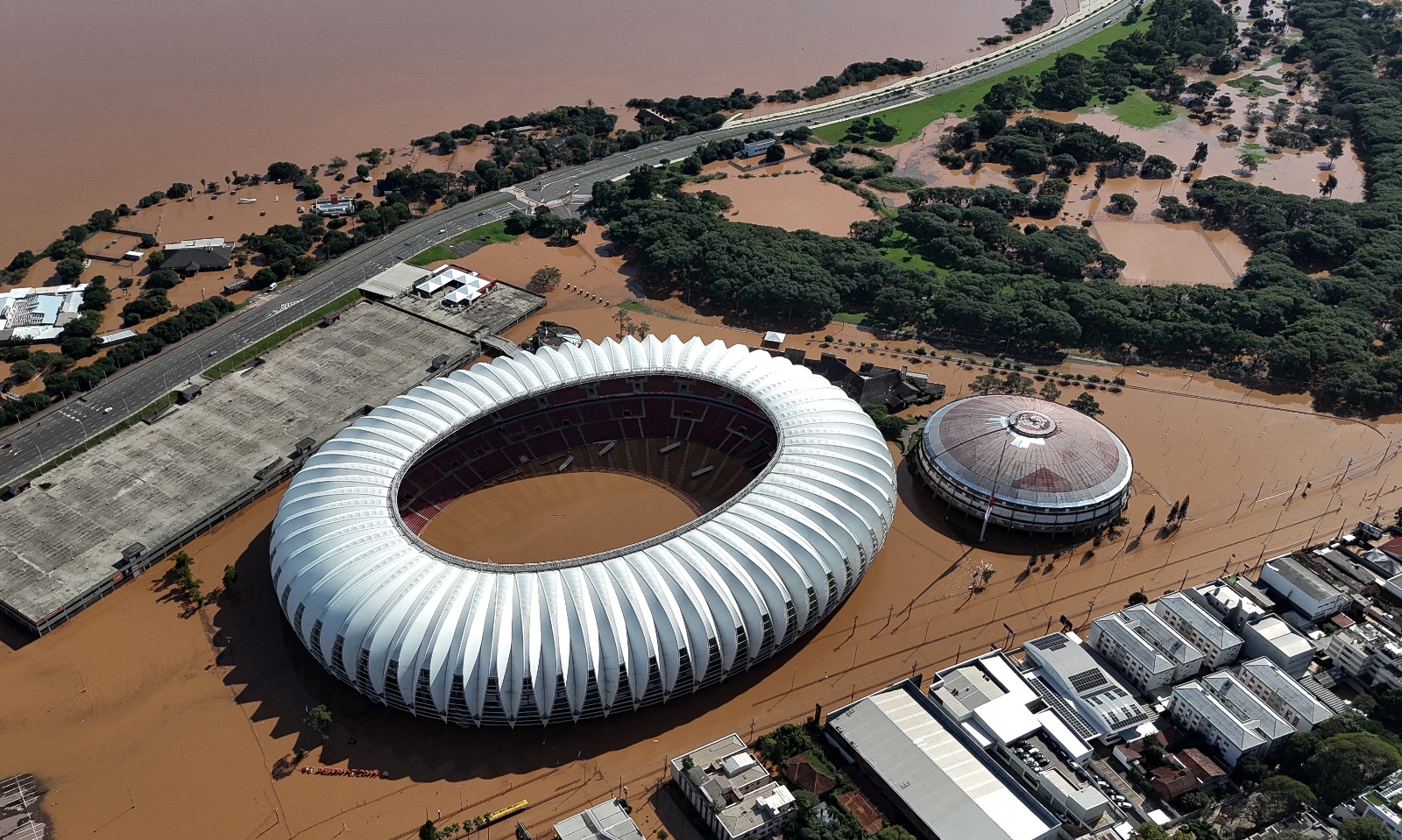
Anselmo Cunha / AFP via Getty Images
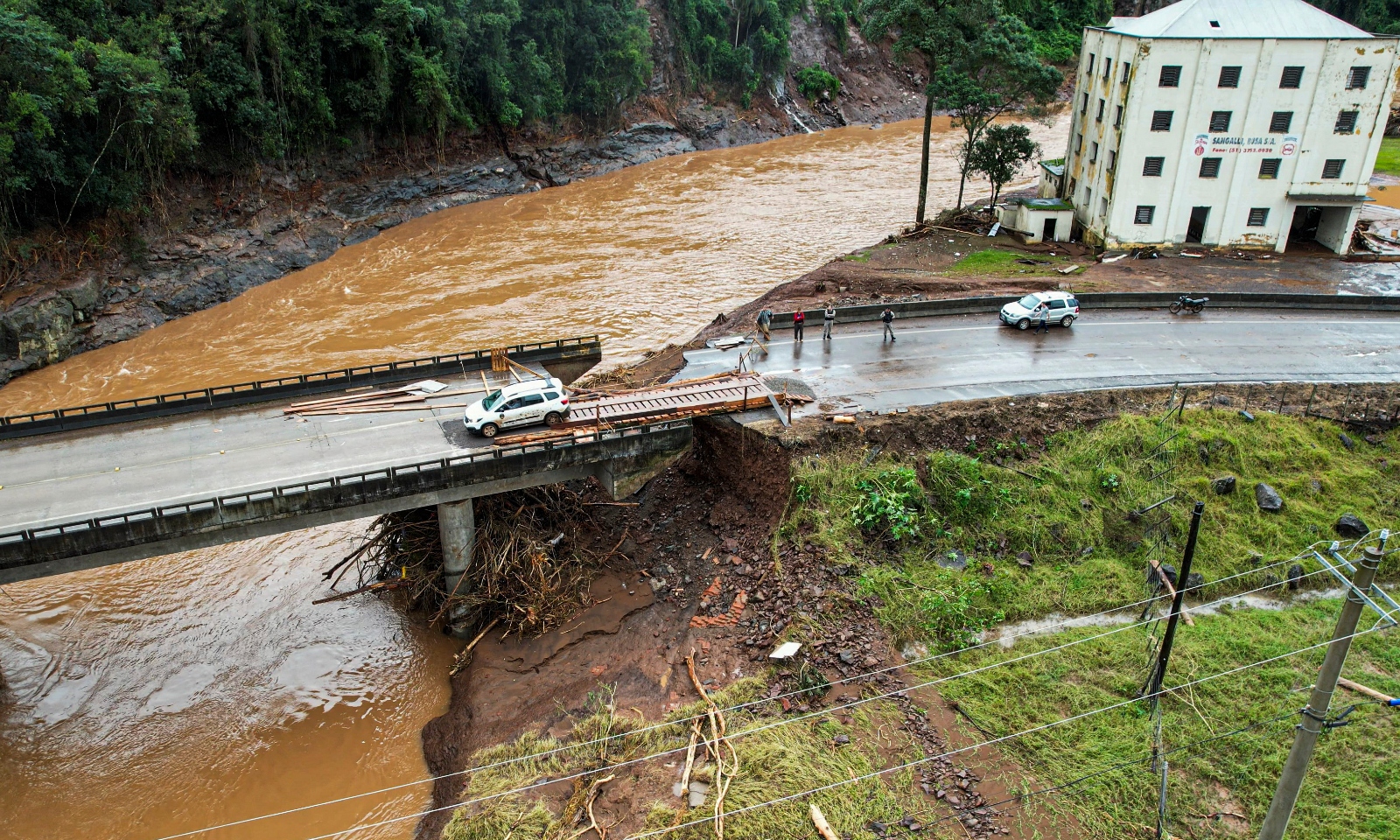
Gustavo Ghisleni / AFP via Getty Images
Many factors helped produce a catastrophe of this scale. Experts have named climate change and the El Niño, the natural weather phenomenon that periodically changes oceanic and atmospheric conditions, as chief culprits for the intensity and rapid onset of the flooding. But a series of decisions by the local, state, and federal government in Brazil over the past decade have also contributed to the devastating effect the flooding has had on communities in Rio Grande do Sul, shaped the inadequate humanitarian response to the ongoing suffering there, and limited Brazil’s broader capacity to adapt to the worsening impacts of climate change.
Experts told Grist that the astronomic scale and cost of the floods may mark an inflection point in the way Brazilians think about environmental policies and climate change, particularly climate change adaptation — systemic adjustments that can safeguard against future impacts.
“This is going to shake the mindsets of voters,” said Carlos R. S. Milani, senior fellow at the Brazilian Center for International Relations, a think tank, and the Brazilian Scientific Development Council, a government organization. Whether the disaster affects decisions made by their elected representatives is still an open question.
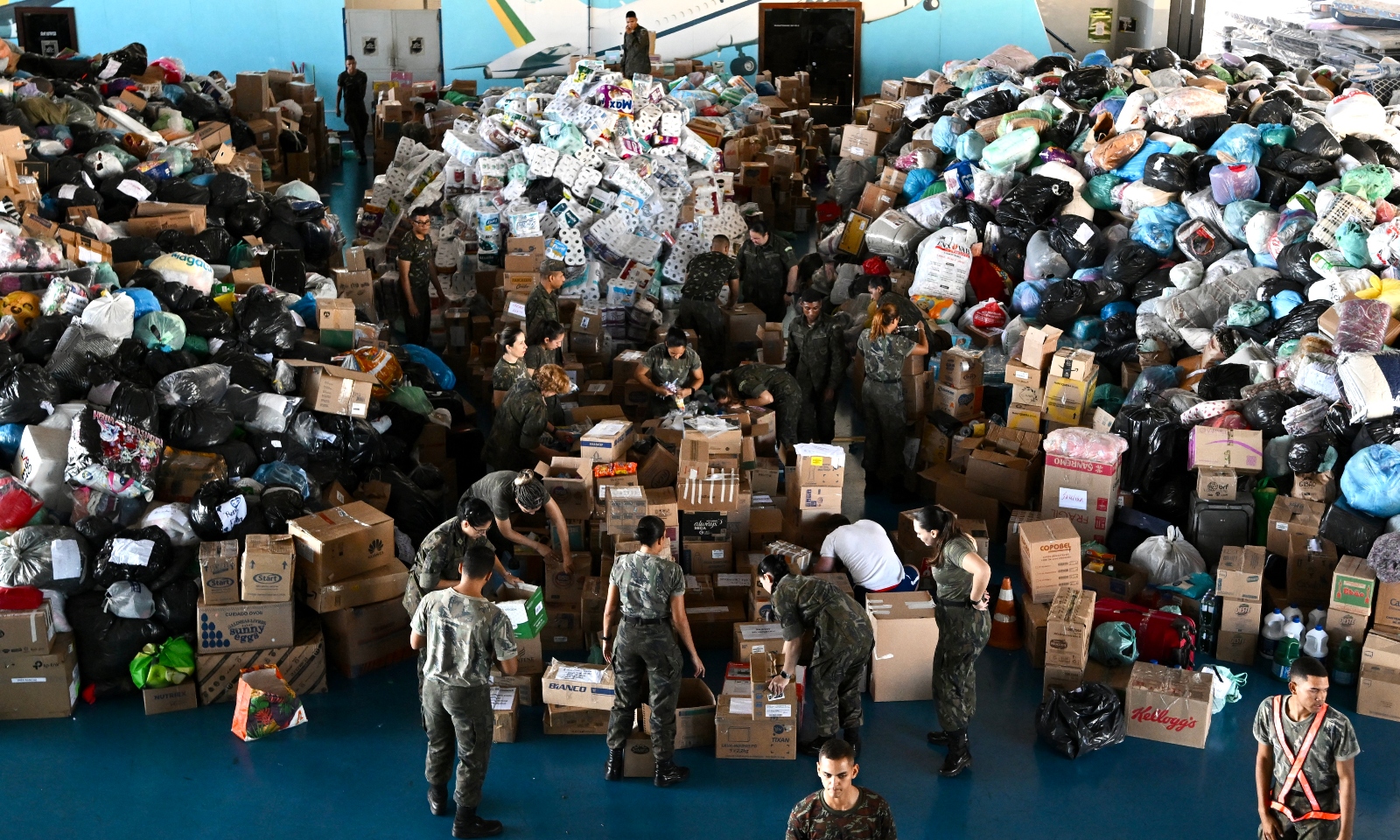
Evaristo Sa / AFP via Getty Images
Rio Grande do Sul has been besieged by recurrent large flooding events this year, one of the climate change impacts that climate scientists have predicted for Brazil and South America in general. But flooding is just one of the extreme weather events Brazilians have experienced in the past 12 months. In late 2023, rivers in the Amazon rainforest reached historic lows as temperatures in Brazil hit a record-breaking 138 degrees F — one of nine heatwaves that gripped the country last year. A 23-year-old woman died of cardiac arrest after standing in line for a Taylor Swift concert in the record-breaking temperatures for hours. In March, Rio de Janeiro registered a new heat index record: 144 degrees F.
“I have no doubt that climate change has to do with it,” said Raissa Ferreira, campaign director for Greenpeace Brazil, referring to these recent events. “The greenhouse gas effect is getting more potent.”
The El Niño that formed last year and is extending into this year has exacerbated severe climate impacts across Brazil, including the drought in the Amazon and increased rainfall in the southern parts of the country. Scientists are investigating whether the intensity of the El Niño — which may be the strongest in seven decades — is also a symptom of worsening climate change.
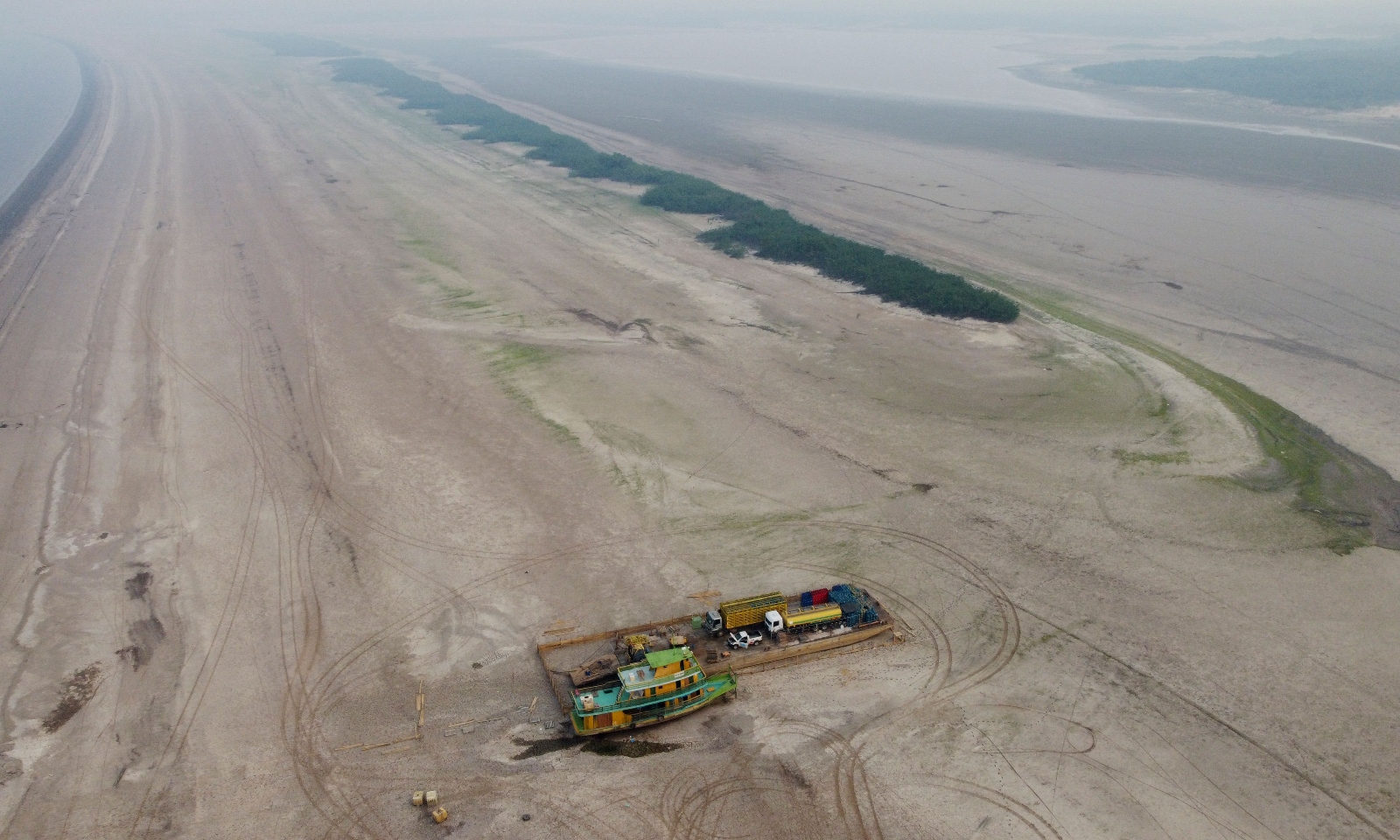
The climate impacts of the past 12 months should not have caught Brazil’s government by surprise. In 2014, the administration of the president at the time, Dilma Rousseff, commissioned a strategy document titled “Brazil 2040: Scenarios and alternatives for adapting to climate change.” The report was prescient, if overly conservative: Many of the climate impacts it projected, including extreme flooding, have come to pass more than 15 years ahead of schedule. The center-left Rousseff administration ultimately buried the report, and subsequent governments have failed to take up the mantle. The result is that Brazil, the sixth-largest emitter of greenhouse gases and an emerging global power, has a climate adaptation strategy in name only. “Climate adaptation needs to be implemented,” Ferreira said, “but we see very negative signs in Brazil that that is a political priority.”
Meanwhile, far-right political parties in Brazil have spent years dismantling environmental protections, eschewing established climate science, and promoting the interests of the country’s booming agribusiness sector at the expense of Brazil’s vulnerable natural resources. The strategy, fiercely opposed by the country’s left-wing and Indigenous factions, has garnered consistent support from the public.
Rio Grande do Sul, a state that is highly dependent on agricultural production, especially of rice and soybeans, twice voted for former Brazilian president and ardent climate denier Jair Bolsonaro by a substantial margin. Porto Alegre’s mayor and Rio Grande do Sul’s governor, both right-wing politicians, have stripped the local and state budgets of environmental and civil defense funding.
The city’s mayor, Sebastião Melo, did not spend a penny on improving the city’s flood systems in 2023, and made substantial cuts to the municipal flood prevention program in 2021 and 2022. Porto Alegre could have planted mangroves and grasses to help absorb flood water, established early warning systems for at-risk neighborhoods, and built walls and other infrastructure to keep river water out of the city. None of those precautions were taken. Meanwhile, Rio Grande do Sul Governor Eduardo Leite’s 2024 budget allocated less than 50,000 reais — less than $10,000 — to emergency preparedness, evacuations, recovery, and other aspects of civil defense.
“The word on the street is that the governor left 50,000 reais for the possibility of a catastrophe like this,” said Giordano Gio, a 31-year-old filmmaker in Porto Alegre. “This is, like, the cost of a Honda Civic.” In a poll this week, 70 percent of Brazilians said infrastructure investments could have lessened the risks of the recent flooding.
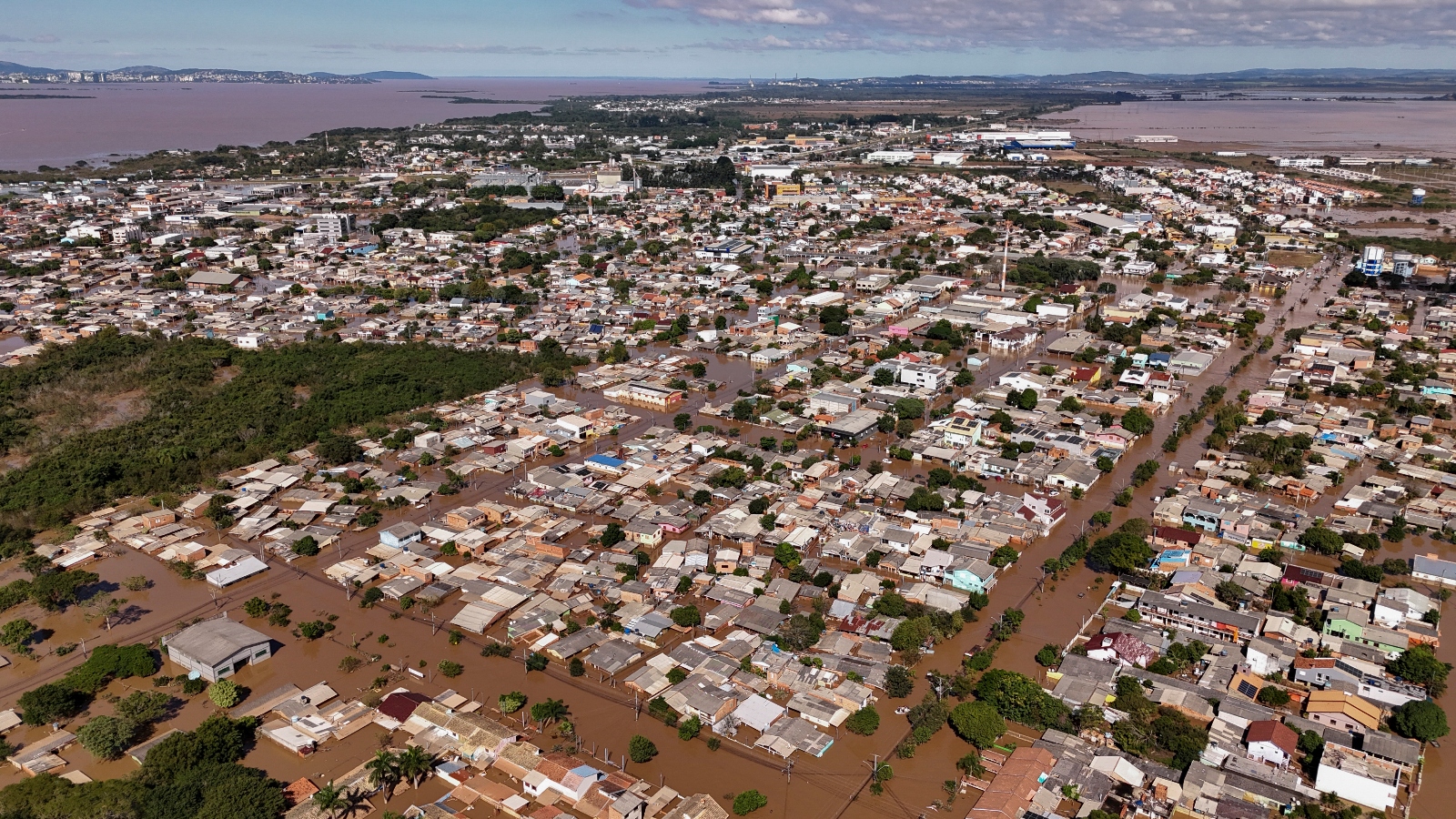
Carlos Fabal / AFP via Getty Images
The floods raise a number of questions about what happens next in Rio Grande do Sul and Brazil in general. Before the floods hit, Lula’s government was trying to rebalance the federal budget, reduce the national deficit, and reinvest in Brazil’s middle class. The crisis may scramble those efforts. The floods, said Mauricio Santoro, a political scientist and professor at Rio de Janeiro State University, are “going to have a serious impact in terms of inflation, in terms of food prices in Brazil. It’s very bad news to the Lula government in a moment when the president already has many challenges on his plate.” One of those challenges, and a priority for Lula, is reducing the rapid deforestation of the Amazon rainforest. Rainforest deforestation, much of it in service of exposing more arable land for agricultural production, is responsible for half of Brazil’s carbon emissions.
The influx of federal funding to Rio Grande do Sul will help rebuild the state, but experts Grist spoke to and people on the ground in Porto Alegre wonder what happens next from a climate preparedness perspective. “Lula was elected in a big coalition that has a lot of right-wing people in it,” said Gio, the filmmaker. Left-wing parties control only a quarter of the seats in Brazil’s House and Senate, which hinders Lula’s ability to pass climate change legislation. “There’s a lot of things going on politically that might affect” potential climate policy, Gio said.
More environmental disasters will affect Brazil in the coming months. High temperatures this year are expected to produce even more severe drought in the Amazon, for example, and the states that surround the rainforest are among the poorest in the country. Rio Grande do Sul, one of the wealthiest states in Brazil, is better positioned to recover from an event of this magnitude than most other regions of the country. “If this could happen in a richer area of the country, what if it happens next in a very poor one?” asked Milani. “The capacity to adapt, to respond, is much less.”
That question — what happens now? — will linger long after the floodwaters have receded. “I would have the intuition as a political scientist that climate and environment will very much be at the heart of debate in many municipal elections all over the country this year because of this event in Rio Grande do Sul,” Santoro said. “This is a political struggle more than anything else right now.”
In Porto Alegre, Martinez has been manning his local soup kitchen and working with his fellow community organizers to develop systems to handle the influx of relief aid they have been receiving from people all over the world. For him, watching people in his community help each other has been a small silver lining in the midst of the ongoing horror. “Local governments have abandoned us,” he said. “We will not watch our neighborhoods get destroyed and do nothing.”
This story was originally published by Grist with the headline In Brazil, unprecedented flooding may force a political reckoning on May 10, 2024.
